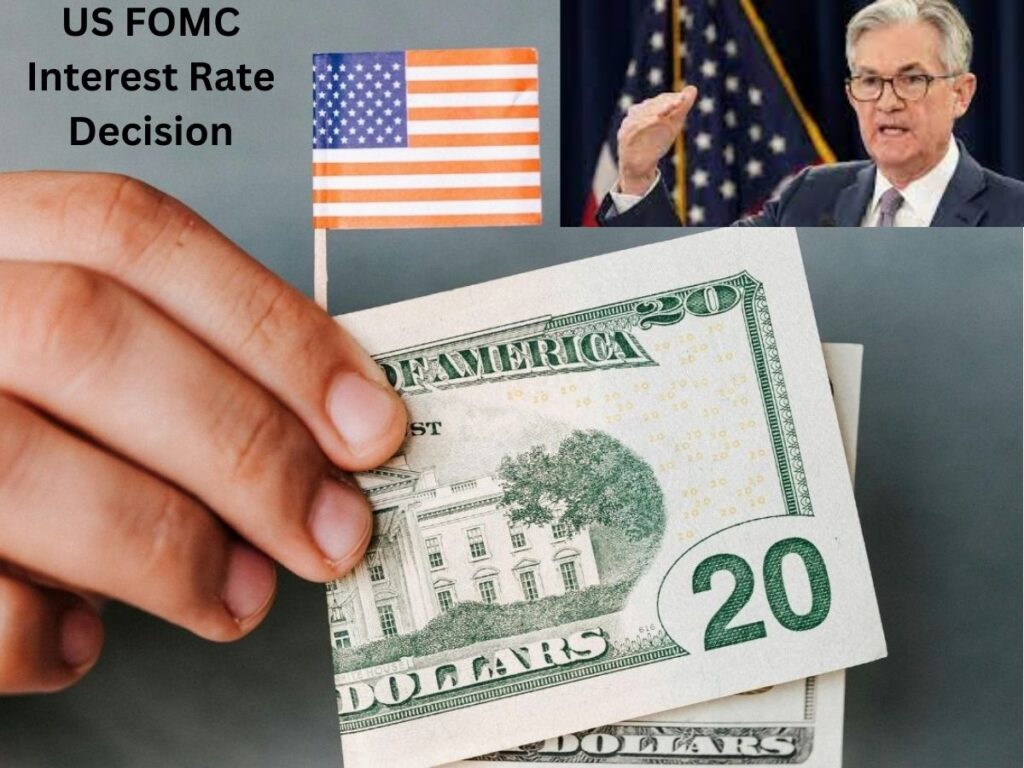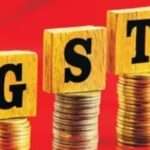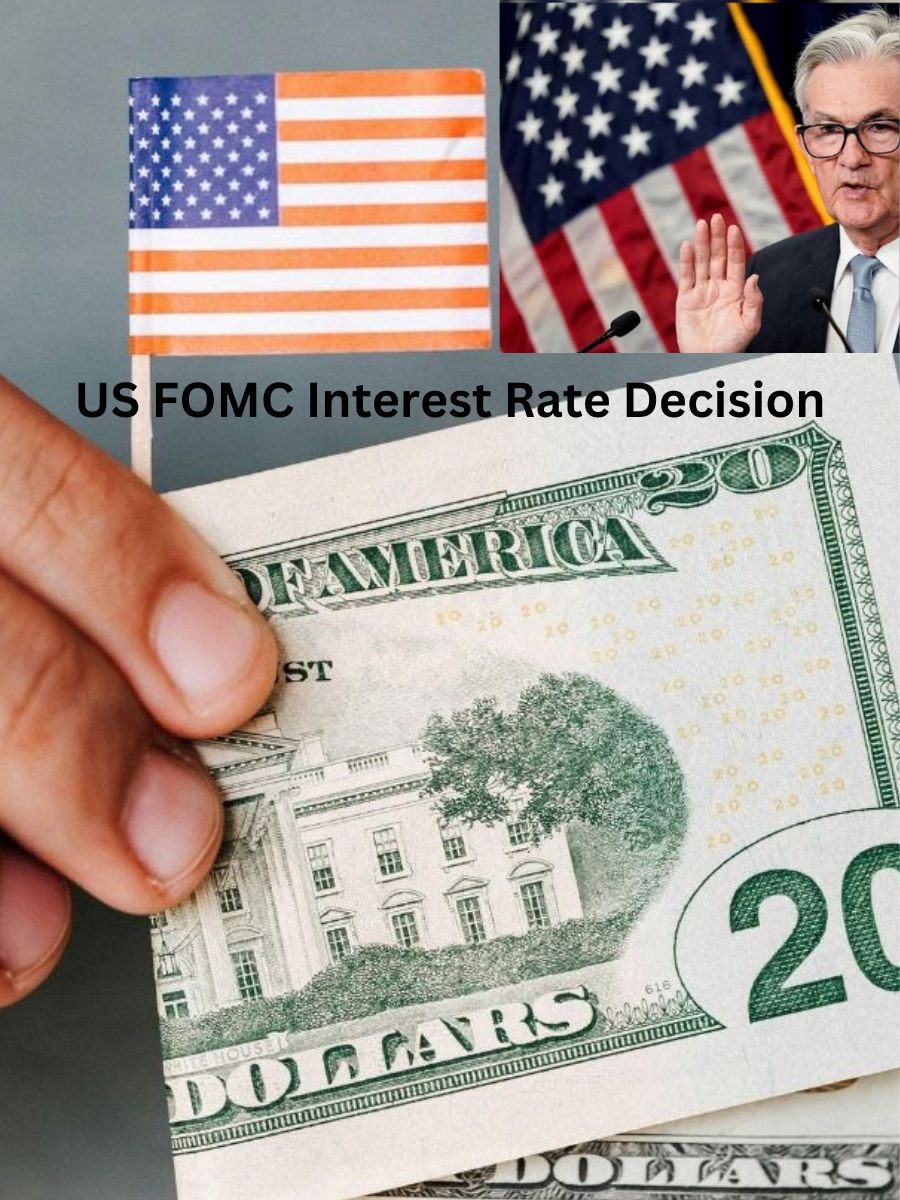The US Federal Reserve recently took a significant step by cutting the federal funds rate by 50 basis points (bps), marking the start of a new monetary easing cycle. This long-awaited decision received a mixed response from financial experts and markets. The focus now shifts to the Reserve Bank of India (RBI), and many wonder if it will do the same in response to the Fed’s action. Experts believe that the Fed’s decision is both an opportunity and a challenge for the global economy, including India.

Understanding the US Federal Reserve’s 50 bps rate cut
The US Federal Reserve’s Federal Open Market Committee (FOMC) ended months of speculation with a 50 bps rate cut, lowering the federal funds rate to a range between 4.75% and 5%. This was the first such cut since March 2020, and it signaled a shift in the Fed’s stance after a 14-month pause in policy changes. The decision was not without controversy, as it came at a time when inflation was already showing signs of easing, and the US economy was growing at a solid pace.
Federal Reserve Chairman Jerome Powell made it clear that this 50 basis point cut should not be interpreted as the beginning of an aggressive rate-cutting cycle. He emphasized that the Fed would take a cautious, meeting-by-meeting approach, allowing time to evaluate economic conditions before making further decisions. Powell expressed confidence in the resilience of the US economy, saying growth was stable and inflation was approaching the Fed’s 2% target.
The decision was not unanimous, however. FOMC member Michelle Bowman dissented, preferring a more moderate 25 basis point cut. Their disagreement highlighted divided views within the Fed about the need for more rapid monetary easing. This divergence of views reflects the complexity of balancing inflation concerns with the need to support economic growth.
Impact on global markets and India’s economy
A 50 bps rate cut by the US Fed will have a significant impact on global markets, including India. Financial experts widely believe that the Fed’s decision will have an impact on RBI’s upcoming policy decisions. Historically, central banks around the world, including the RBI, have often aligned their policies with the Fed to maintain economic stability.
In the Indian context, the Fed’s rate cut is likely to have an impact on both inflation and interest rates. With inflation in India remaining below the RBI’s 4% target in recent months, the likelihood of a rate cut by the Indian central bank has increased. A reduction in interest rates could provide a much-needed boost to India’s rate-sensitive sectors, especially banking and real estate.
The Indian rupee could also benefit from the Fed’s easing cycle, as lower US interest rates reduce the attractiveness of the dollar. This could lead to an increase in foreign capital inflows into India, strengthening the currency and supporting the stock market.
What financial experts are saying
Financial experts have varying opinions on the impact of the US Fed’s interest rate cut. Many agree that the RBI will likely follow the Fed’s lead and announce its own interest rate cut in the coming months.
VK Vijayakumar, chief investment strategist at Geojit Financial Services, is optimistic about the Fed’s decision. He believes the US economy is well-positioned to handle interest rate cuts, with inflation near 2% and stable growth in both GDP and employment. Vijayakumar estimates that the Fed’s interest rate cuts will continue until 2024, and the federal funds rate will likely fall to 4.4% by the end of the year. In his view, this easing trend could pave the way for the RBI to cut interest rates as well, especially with inflation in India under control.
Crisil Chief Economist Dharmakirti Joshi also echoes similar sentiments. He highlights that the Fed’s interest rate cut provides India with an opportunity to take advantage of global capital flows. Joshi believes the RBI could cut interest rates by 25 basis points at its December meeting, providing a further boost to India’s economy, especially to businesses that rely heavily on lending.
Nomura India Chief Economist Sonal Verma takes a more cautious stance. While she acknowledges the benefits of cutting rates, she warns of potential risks to inflation if the RBI acts too aggressively. Verma emphasises that the RBI needs to strike a careful balance between supporting growth and keeping inflation under control, especially in a volatile global environment.
The way forward: What to expect from the RBI
With the Fed taking the lead in starting the easing cycle, the focus is now on the RBI and its next steps. The RBI has so far maintained a cautious stance, keeping interest rates steady despite growing pressure to reduce them. However, the economic landscape in India has changed significantly in recent months, with inflation declining and growth showing signs of improvement.
Experts believe the RBI may cut rates by 25 bps in its December policy review, followed by another 25 bps cut in the first quarter of 2025. This will bring the repo rate to a more manageable level, supporting sectors such as housing, infrastructure and banking that are sensitive to interest rate changes.
While a rate cut is likely, the RBI will have to carefully monitor global and domestic economic conditions before taking a final decision. The Fed’s cautious approach provides the RBI with a roadmap for its policy actions, with additional 25 bps cuts expected in November and December. However, the central bank will also have to consider India’s unique economic challenges, including managing inflationary pressures and supporting sustainable growth.
Conclusion
The 50 bps rate cut by the US Federal Reserve is a pivotal moment in global monetary policy. Experts are closely tracking the Fed’s actions and the implications they may have on global markets, particularly India. With inflation under control and growth on the horizon, many expect the RBI to take a similar step and announce a rate cut of its own in the near future.
Financial experts such as V K Vijayakumar and Dharmakirti Joshi are optimistic about the Fed’s decision, viewing it as a positive development for both the US and Indian economies. However, caution is also warranted, as experts such as Sonal Verma point to the risks of acting too early in a fragile global environment.
While the global economy is undergoing this new phase of monetary easing, the RBI’s next move will be crucial in determining India’s economic progress. Whether or not the RBI follows the Fed’s lead, its decisions will have far-reaching consequences for India’s financial markets, businesses, and consumers.
Frequently Asked Questions
- What is the significance of the 50 bps rate cut by the US Federal Reserve?
A 50 bps rate cut signals the start of a new monetary easing cycle and is aimed at supporting economic growth while managing inflation.
- Will the RBI follow the rate cut by the US Fed?
Experts anticipate that the RBI may cut rates in December, influenced by the Fed’s easing cycle and India’s low inflation.
- What impact will the rate cut have on India’s economy?
A rate cut in India could boost rate-sensitive sectors such as banking, real estate, and infrastructure, as well as boost stock market growth.
- What are the risks of the RBI cutting rates too quickly?
Rapid rate cuts could lead to inflationary pressures, which will require careful monitoring of global and domestic economic indicators.
- What is the impact of the US Fed’s decision on global markets?
The Fed’s interest rate cut has reduced the attractiveness of the US dollar, which could lead to increased capital flows into emerging markets like India. - Which sectors will benefit from the interest rate cut in India?
Interest rate sensitive sectors like banking, real estate and infrastructure will benefit from lower borrowing costs.
ZERODHA 1) : https://zerodha.com/open-account?c=EJ4366
Angelone 2) : https://tinyurl.com/2gloc3g6 or
Upstox3): https://link.upstox.com/9w4tNo1rK8au7VK47









